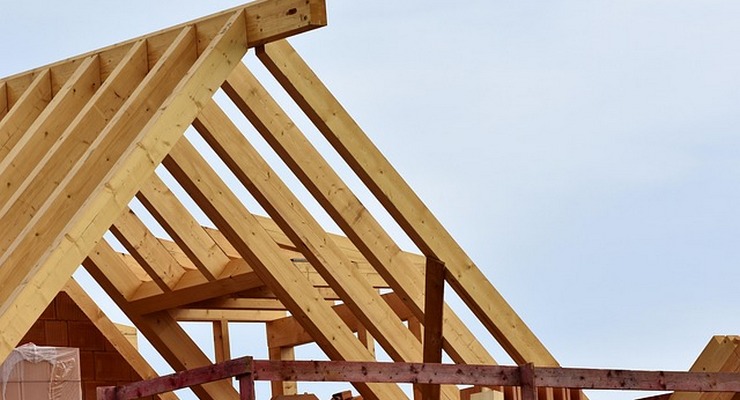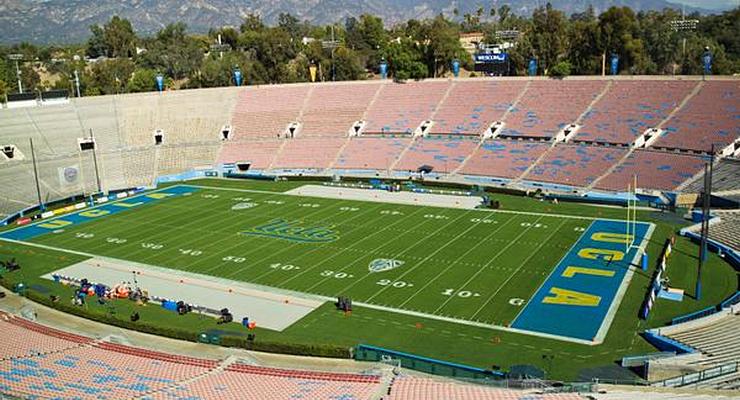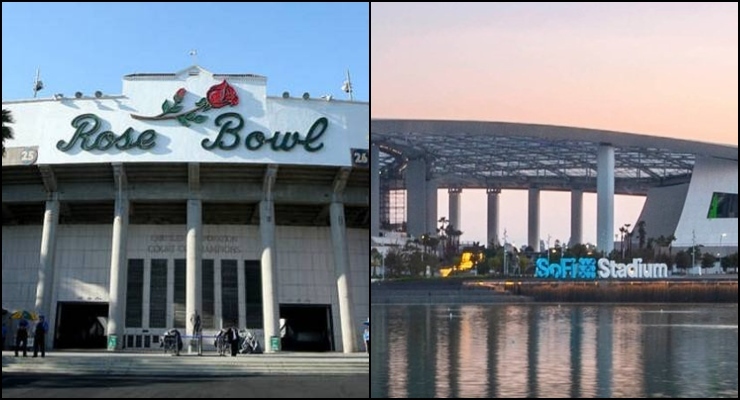
A rebuilding authority tasked with helping finance and accelerate fire-resistant construction and the formation of a fire control district designed to create buffer zones and coordinate building in vulnerable neighborhoods are among the chief recommendations for recovery in the wake of the January 2025 Eaton and Palisades wildfires, according to a joint Los Angeles County-UCLA report issued Friday.
The independent commission launched in February by Supervisor Lindsey Horvath and UCLA Chancellor Julio Frenk suggests methods for immediate recovery and longer-term strategies to rebuild physical and social infrastructure, improve insurance systems, promote resiliency and advance efforts to deal with the effects of climate change over the long term in fire-damaged areas.
The commission’s 82-page report, “Climate Action and Fire-Safe Recovery,” recommends, among other things, the establishment of a resilient rebuilding authority for the Eaton and Palisades burn areas, expansion of a federal debris removal program, and standardized soil testing and remediation.
In terms of remedies for people affected by the disaster, the commission seeks to ensure worker health and safety during the cleanup, provide health screening for organized groups of volunteer responders, and expand accessible mental health services.
The recommendations, while targeted to policymakers, are also relevant to community members, philanthropic organizations, utilities, and others, the commission says.
Through its work, the commission said it identified two principal proposals for the establishment of governing bodies needed to coordinate and carry out its recommended actions: the formation of a Resilient Rebuilding Authority and the creation of a complementary Los Angeles County Fire Control District.
“While they are not a panacea, these two cross-cutting, comprehensive recommendations are critical to our progress in dealing with the magnitude and scope of the rebuilding and long-term mitigation of risk,” the report says.
A rebuilding authority with broad financing and land acquisition powers “can help residents and business owners overcome many of the choke points and barriers to rebuilding” while restoring civic and commercial infrastructure in both burn areas, officials determined.
To implement long-term fire mitigation, the commission found a fire control district “with a dedicated funding stream to carry out a range of mitigation activities, including creation of vegetated greenspace buffer zones and coordinated retrofits for vulnerable neighborhoods” would provide resilience to future fires.
“A parcel tax or fee on properties, approved by voters, would be the most reliable source of funding to establish the district and maintain mitigation strategies,” according to the report. “The newly established tax or fee could be assessed just on properties in a specified coverage area, or on all property within the county with risk-adjusted fees assigned by severity of fire risk.”
Researchers also found that while the challenges to recovery in the Eaton and Palisades burn areas are enormous, fire survivors are stepping up.
“They are organizing themselves into community groups and collectives to help each other recover and rebuild, individually and collectively,” the report states. “Dozens of community groups have sprung up to address community needs in innovative ways, founded by survivors who dedicate countless hours to their community. This is often on top of a full-time job and the equivalent of a full-time job spent navigating the complicated and time intensive recovery process at an individual level.”
The report includes quotes from anonymous residents of the fire- damaged areas. A Malibu resident, for example, said, “The disaster creates a golden opportunity to build a green belt with indigenous plants.” An Altadena resident says, “We survivors who experienced inadequate emergency response, delayed rescue operations, and stress filled recovery tasks might make the rational decision not to return or rebuild.” Added a Palisades resident, “The evacuation from our neighborhood was chaotic. Sunset Boulevard, our primary evacuation route, was gridlocked while smoke from the fire rapidly advanced toward westbound traffic.”
At least 16,250 structures were destroyed in the Palisades and Eaton fires, which broke out Jan. 7 amid winds of 80 to 100 mph. The rebuilding effort is still in its earliest stages in the Palisades, Malibu and Altadena areas.
In February, Gov. Gavin Newsom asked Congress to approve nearly $40 billion in aid to help Los Angeles recover from the wildfires, which many officials have described as the costliest natural disaster in U.S. history.



















